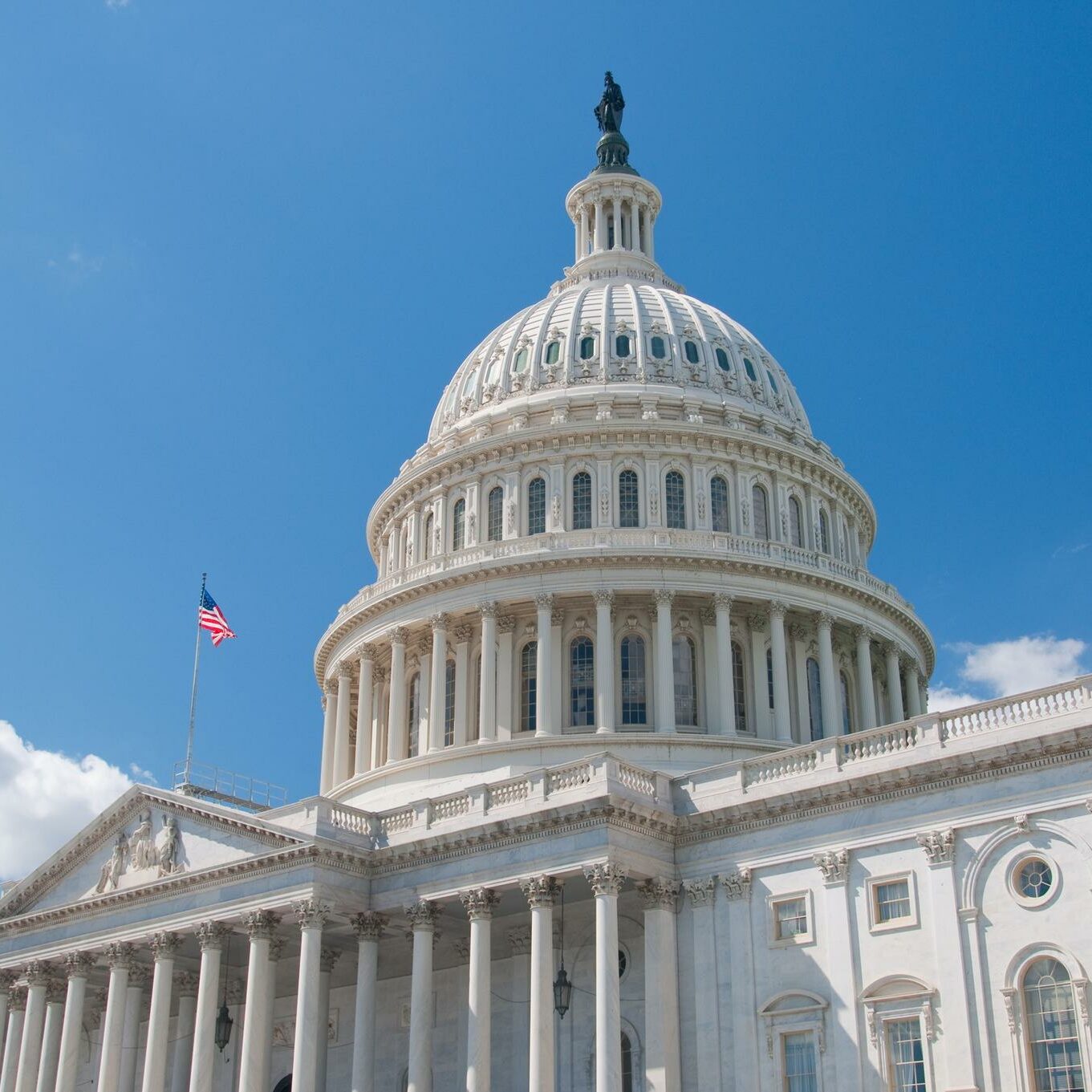THE PROBLEM
Diverse teams help Members of Congress understand the diverse perspectives of their districts and states, and provide representation of all Americans in their offices. However, many Members lack racial diversity among their top personal office staff (chief of staff, communications director, and legislative director).
In 2020, people of color made up 40 percent
of the U.S. population.
In 2018, people of color made up 13.7 percent of all top House staff
in personal offices.
In 2020, people of color made up 11 percent of all top Senate staff
in personal offices.
The lack of racial diversity among top staff is not a partisan issue.
In 2020, people of color made up 19 percent of top Senate Democratic personal office staff.
In 2020, people of color made up 4 percent of top Senate Republican personal office staff.
The problem exists in the People's House as well.
In the personal offices of white Democratic House Members, less than 8 percent of top staff are people of color, even though these offices represent districts that are, on average, over 37 percent of color.
In the personal offices of white Republican House Members, only 3 percent of top staff are people of color, even though these Members represent districts that are, on average, 26 percent people of color.
WHY IT MATTERS
While Members of Congress make the final decisions, senior personal office staff wield substantial influence.
It is important for congressional top staff to reflect the demographics of the nation because top staffers in Washington, DC:
Provide oversight of federal agencies
Shape the $4.79 trillion U.S. federal budget
Provide oversight of federal agencies
Hire, manage, and dismiss House staff
The lack of diverse top staff is particularly troubling at a time when we desperately need more, not fewer, staff of color who can advise members of Congress in better understanding and responding robustly to structural inequality, racism, and anti-Blackness.
Hiring top staffers of color is not an act of charity. It is the right thing to do, and it results in better public policy. Diverse top staffers allow a Member to understand her or his constituents and effectively represent them in Congress.
THE SOLUTION
Activists/Community Leaders: Please tell your House Member and Senators to prioritize diversity.
If you live in a state or district that has a newly-elected Member of Congress, check out our tracker of diversity of top staff hires by new Members.
If you live in a state or district that has a returning Member of Congress, please check our previous 2018 House Report and 2020 Senate Report.
Members of Congress: we urge you to take the following steps immediately in preparation for the 117th Congress:
Adopt a Diversity Plan: Develop a written office diversity and inclusion plan that includes recruitment and hiring metrics, staff retention and development strategies, data collection and analysis procedures, a clear allocation of responsibility and performance evaluation for plan implementation, and unconscious bias training for all managerial staff involved in recruitment, hiring, evaluation, and retention.

Use the Brain Trust for a Representative Democracy: For tips on how to operationalize these and other approaches that can help you build a more diverse and inclusive office, consult the practitioners and experts at Representative Democracy. Representative Democracy recently published a new guide that provides practical tools congressional offices can use to create and retain teams that look like and act in service of their districts.
Work With the Tri-Caucus Staff Associations: In recruiting talent, work with the Congressional Asian Pacific American Staff Association, Congressional Black Associates, Congressional Hispanic Staff Association, and Senate Black Legislative Staff Caucus, which maintain databases of strong diverse talent.
Support the Establishment of a Bipartisan Senate Diversity and Inclusion Office to Improve Staff Diversity: Just as the U.S. House of Representatives has done, the U.S. Senate should establish a bipartisan Senate Diversity Office that helps Senate offices recruit, hire, train, develop, and retain a diverse workforce, and collects and discloses disaggregated demographic data of all staff.
BACKGROUND
The Joint Center’s hill diversity work is focused on analyzing staff diversity on the Hill. See below for research, analysis, and activities related to hill diversity.
Through our work, we encourage Members of Congress to hire diverse staff that reflects the racial diversity in their respective district or state. Our program offers an analysis of racial staff data and applauds Members who hire diverse staffers. To see highlights of our work, scroll down. To see all of our research and activities on Hill diversity, click here.
Partnering in the Call for Congressional Staff Diversity:

The Joint Center and over 70 civil rights and civil society organizations sent letters to new Members of Congress urging them to hire racially diverse people in their personal office top and key mid-level staff.
In the letters, one addressed to incoming House Members and the other addressed to incoming Senators, we recommended that the newly elected leaders adopt diversity plans and work with the Bipartisan House Diversity and Inclusion Office, Brain Trust for a Representative Democracy, and Tri-Caucus Staff Associations to recruit and retain people of color. We also urged newly elected Senators to support the establishment of the Bipartisan Senate Diversity and Inclusion Office, which could serve as a resource in the future.
In the Media



Joint Center Senior Fellow of Diversity and Inclusion Dr. LaShonda Brenson penned an op-ed in The Hill calling for new and returning Members of Congress to hire diverse staff—especially Members who represent diverse districts. In the op-ed, she writes “From police killings of Black Americans to a COVID-19 pandemic that has disproportionately claimed the jobs and lives of Black and Brown people, the need for policymakers and staff who understand structural inequality, racism and anti-Blackness is as clear as it has ever been.”
Joint Center Senior Fellow, Diversity and Inclusion Dr. LaShonda Brenson joined NPR’s Marketplace to discuss our efforts to increase congressional staff diversity.
“These staffers, as you know, are so important because they are the ones who are really doing the day-to-day tasks, giving talking points, giving notes, informing their member on various issues that might arise. Of course members of Congress make the final say, but these staffers really have a lot of influence in enacting legislation,” said LaShonda in the interview.
The New York Times exclusively covered the Joint Center's 2020 report Racial Diversity Among Top Staff in Senate Personal Offices.
This report provides evidence regarding the lack of racial diversity among U.S. Senate personal office top staff positions. This report defines personal office top staff as all chiefs of staff, legislative directors, and communications directors in the Washington, DC personal offices of U.S. Senators.

